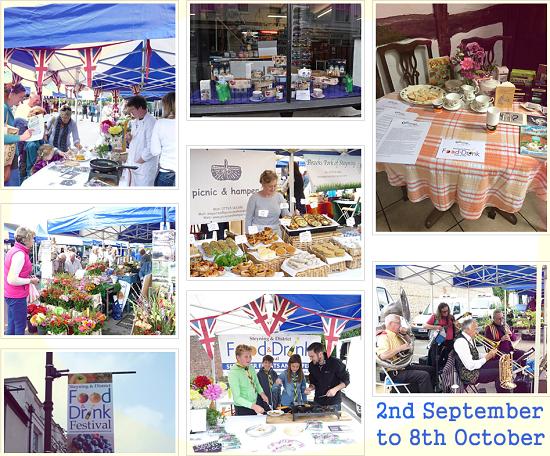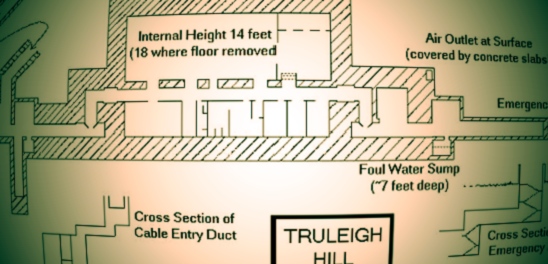
A talk by Stewart Angell (author of Tottington Manor: Sussex WWII Auxiliary Units HQ and The Secret Sussex Resistance) to Beeding & Bramber Local History Society at 7:45pm on Wednesday 3rd October in the Village Hall, Upper Beeding. There is a hard-to-detect car park immediately opposite.
Category Archives: Beeding & Bramber
Local WWII history pamphlet available now
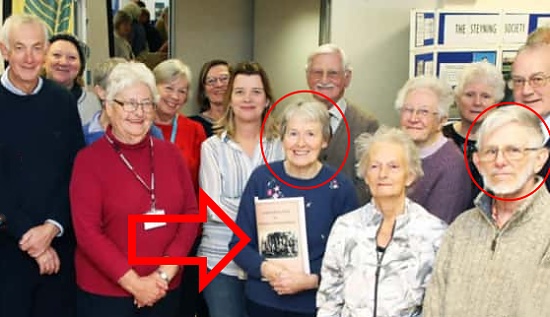
Pat Nightingale and Ken Wilson-Wheeler have just published World War Two in Beeding and Bramber, the follow-up to their WWI book. Like the earlier volume, this profusely illustrated 43 page pamphlet covers Beeding, Bramber, Edburton, Fulking and Small Dole. The topics include evacuees, conscription, the Home Guard, air raids, farming, Canadian soldiers, casualties, the war memorials, and brief biographies of those who died including Flight Sergeant James William Lucas (son of Percy Lucas) and Chief Officer John A. Ridge, both of Fulking.
The pamphlet is available at Steyning Bookshop in Steyning High Street and at Beeding Newsagents in Upper Beeding High Street, price £6. It should soon also be available from Steyning Museum. The first (WWI) book remains available at £12. Both items can also be ordered direct from Pat on 01903-812847.
The Queen’s Six at St. Mary’s
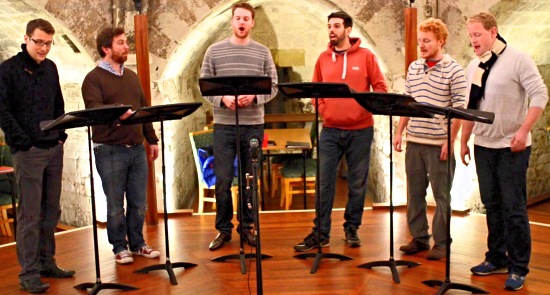
At 8:00pm on Saturday 17th June at St Mary’s House, Bramber. Tickets include wine and canapés. Booking here.
Remembrance Sunday

Published earlier this year, this book covers all those listed on the Edburton & Fulking WWI memorial at St. Andrew’s and includes interesting biographical material on James Baker, Samuel Baker, William Baker, Charles Baldey, Arthur W. Brown, James E. Lucas, Elias Luff, Charles E. Sheppard and Richard Wearn.
The Secret Sussex Radio Network
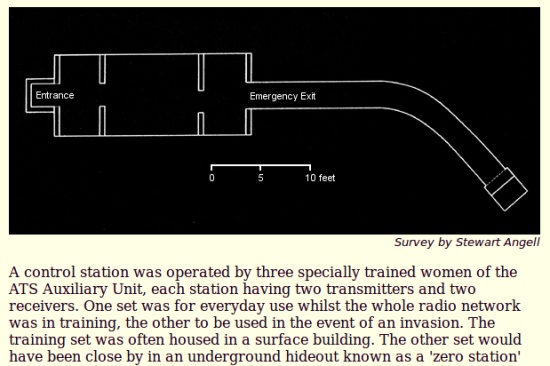
A talk by Stewart Angell to Beeding & Bramber Local History Society at 7:45pm in Upper Beeding Village Hall on Wednesday 5th October. [Recommended — your editor attended an excellent talk by this speaker a couple of years ago on a related topic. It took place in Ditchling Village Hall and every seat was taken.]
The People of Beeding and Bramber in the Great War

Just published and available at £12 from local bookstores (including Steyning Bookshop, Henfield Museum, Steyning Museum and Beeding Newsagents). Diligent students of local government in Sussex will know that the Parish of Upper Beeding includes Edburton. This book thus covers all those listed on the Edburton & Fulking WWI memorial at St. Andrew’s and includes interesting biographical material on James Baker, Samuel Baker, William Baker, Charles Baldey, Arthur W. Brown, James E. Lucas, Elias Luff, Charles E. Sheppard and Richard Wearn.
Southwick Roman Villa
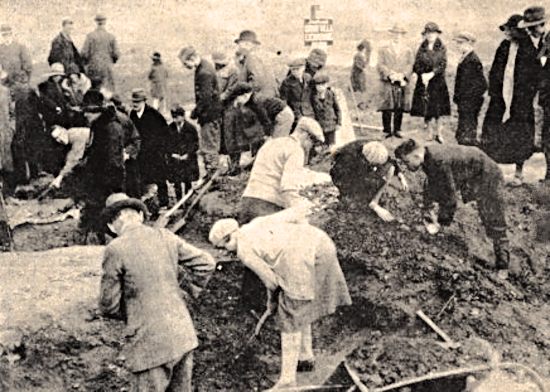
A talk by Jeffrey Leigh to Beeding & Bramber Local History Society at 7:45pm in Upper Beeding Village Hall on Wednesday 4th May.
The villa waa probably built in the first century AD, some 50 years after the Romans first arrived and was palatial in size, the second largest villa in Sussex. As such, it would have been the centre of a large and important estate. The site was lost until the 19th century when people found coins and pottery in what was then a market garden. The first excavation followed in 1845. The site was excavated again in the 1930s and then donated to the Sussex Archaeological Trust in 1932 by an anonymous benefactor. Subsequently, Manor Hall Road was driven through part of it. Nowadays, the Manor Cottage Heritage Centre has a permanent exhibition about the villa’s history and about the various efforts to excavate the site.


